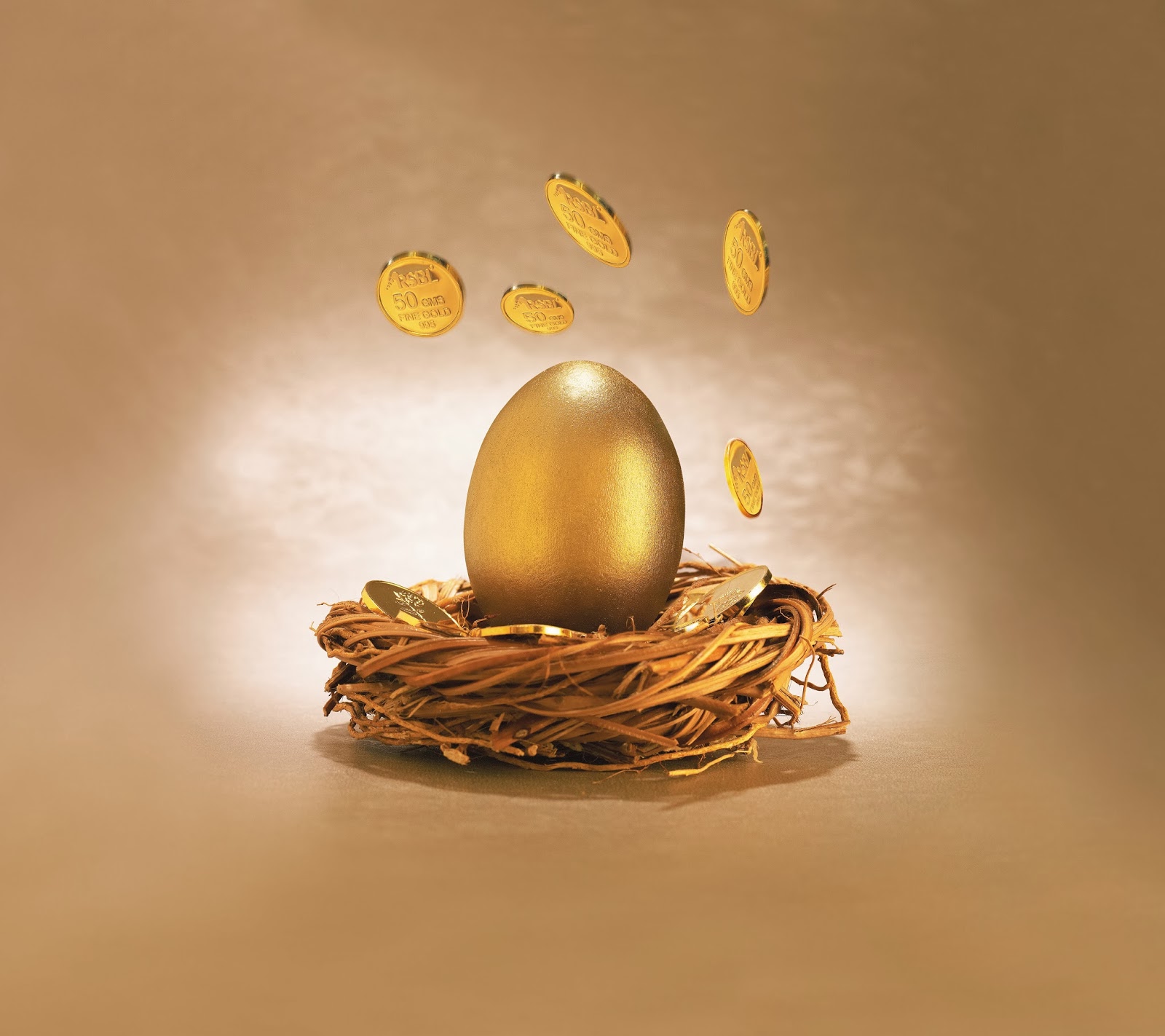by Mr. Prithviraj Kothari, MD, RSBL
Since December 2008 to June 2011, gold rose 70 % as the Fed bought debt and held borrowing costs near zero percent.
Last year being the worst performing year for gold, as prices slumped 28 per cent as the markets had expected that the central bank would taper its monthly stimulus program which was the main reason for the spark rise in gold in 2011.
After spending much of the month bouncing off a triple-bottom low around $1,180 made on Oct. 6, and previously in December and June 2013, gold prices turned weaker and spent the last week and a half drifting lower.
The U.S. Federal Reserve had dismissed financial market volatility, a slowdown in Europe and a weak inflation outlook as factors that might undercut progress towards its unemployment and inflation goals.
The hawkish comments and the strong economic data dulled gold’s appeal as a hedge. This continued to put pressure on gold.
Post FOMC, gold dropped more than $20. The market recouped some losses edging back up to $1215, but early London were aggressive sellers, pressuring the market another $20 lower to a low of $1196.50.
Moreover, on Wednesday, The Fed ended its monthly bond purchase program and dropped a characterization of U.S. labour market slack as "significant" in a show of confidence in the economy's prospects. As the Federal Reserve ended its asset purchase program amidst signs of a growing and improving US economy, gold lost its appeal as a safe haven asset and demand to won gold declined.
Gold is 0.6 % lower in October after losing 6.2 % last month, and the metal during the last session erased the year’s advance as Dollar Spot Index rose to a three-week high. Gold traded USD 1160.85 while Silver and Platinum tested respective support levels of 15.80 and 1220. Gold support for the short term is expected at $1150.
Apart from this, there were few other reasons responsible for the crash in gold and silver prices.
Central Bank Interest Rate - The central bank, which has held its key rate at zero to 0.25 percent since 2008, this week cited an improving job market in deciding to end bond buying, while maintaining a commitment to keep rates low for a considerable time. It also said inflation is running below its 2 percent target.
SDPR Gold Trust- Reflecting bearish sentiment, SPDR Gold Trust, the world’s largest gold-backed exchange-traded fund, said its holdings fell 0.16 percent to 741.20 tons on Thursday, the least since Oct. 2008.
US Data- Precious metals cratered, hit by a double-whammy of the rather hawkish Fed policy statement, coupled with a stronger-than-expected US GDP report. Fed officials this week cited an improving job market in deciding to end bond-buying, while maintaining a commitment to keep interest rates low for a considerable time.
Dollar- Gold and silver were hit hard after the dollar rose to a near four-week high against a basket of major currencies on Friday, Reuters reported. The greenback got a boost from strong US gross domestic product data and the Bank of Japan’s surprise move to expand its massive monetary easing that weakened the yen.
Bond Buying Program- Gold was languishing near a three-week low on Thursday after the U.S. Federal Reserve ended its bond-buying stimulus program and expressed confidence in the economic recovery, dimming bullion's safe-haven appeal.
Lack Of Support From Asian markets- Gold failed to get any support from the Asian physical markets, a factor that could likely push it to further lows. Physical demand usually provides a floor to dropping prices.
China's factory activity unexpectedly fell to a five month low in October as firms fought slowing orders and rising costs in the slow moving economy.
China's factory activity unexpectedly fell to a five month low in October as firms fought slowing orders and rising costs in the slow moving economy.
Buyers in top consumer China failed to emerge despite the drop below $1,200. Gold of 99.99 percent purity on the Shanghai Gold Exchange - the main platform for physical trades in the country - sank as much as 3.1 percent to 230.05 Yuan per gram ($1,172.35 an ounce), the lowest level this year, Bloomberg reported. Volumes tumbled to a one-month low on Friday.
For the coming week, gold is expected to be influenced by any comments coming in from the ECB and also any important data cropping from the October U.S nonfarm payroll report. Following Thursdays GDP growth reports news, the Federal Reserve is more upbeat on the labour markets and the Federal Open Market Committee meeting to be held on Wednesday expects a strong data report. This may make the bearish sentiments strong for gold.
TRADE RANGE
METAL
|
INTERNATIONAL
Gold/Silver price range
|
DOMESTIC
|
GOLD
|
$1150 - $1200
an ounce
|
Rs.25,500 - Rs.26,750
per 10gm
|
SILVER
|
$15.00 - $17.00
an ounce
|
Rs.34,000 - Rs.37,500
per kg
|
The primary purpose of this article by Mr. Prithviraj Kothari is to educate the masses of the current happenings in the Bullion world.
- Previous blog - "Gold Once Again Surrenders In Front Of Gold"
http://riddisiddhibullionsltd.blogspot.in/2014/10/gold-once-again-surrenders-in-front-of.html






